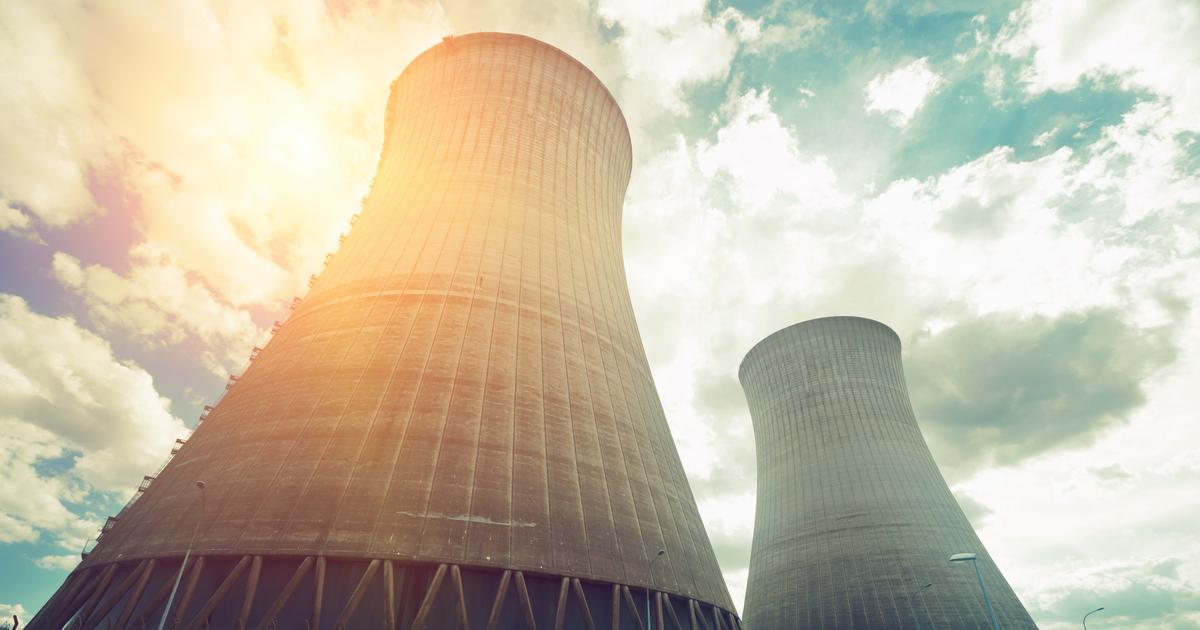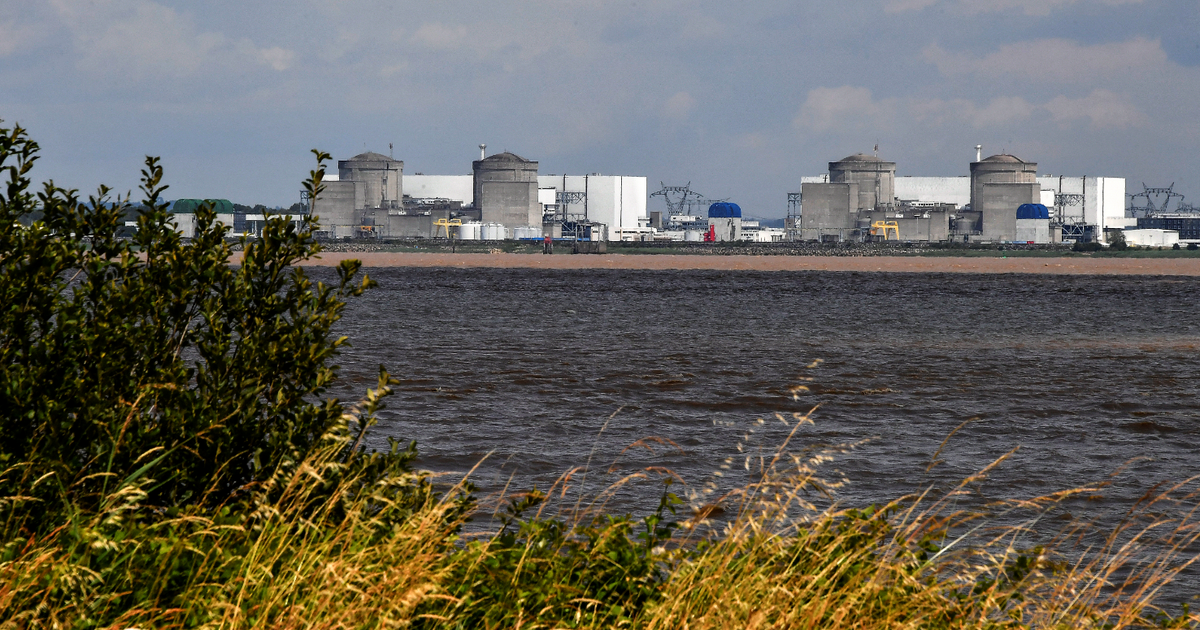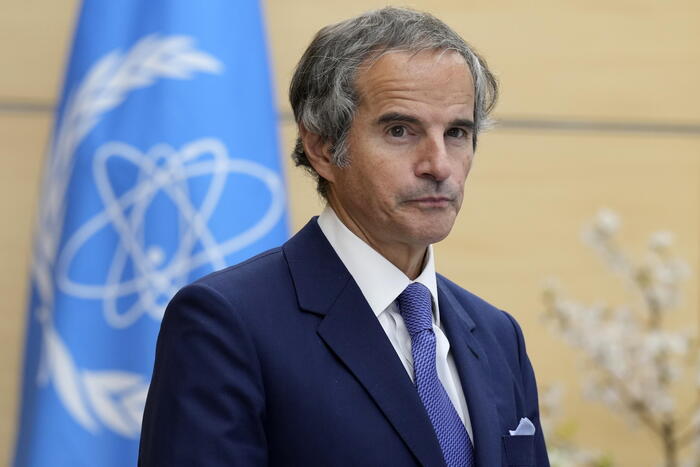The mystery surrounding the corrosion problems on part of the French nuclear reactors may be beginning to clear up: it could be linked to the design of the most recent reactors and thus relatively spare the older ones, which are more numerous, according to the sector policeman , which remains cautious at this stage.
To discover
Taxes 2022: all about your tax return
Read alsoHas the nuclear industry learned the lessons of Fukushima?
The President of the Nuclear Safety Authority (ASN), Bernard Doroszczuk, returned during a hearing before parliamentarians on this crucial file, which weighed on EDF's finances and raised fears for the security of electricity supply. from the country.
"At this stage, under stress corrosion, EDF has shut down or extended scheduled outages of 12 reactors for in-depth expertise and, if necessary, repair"
, he underlined. .
These corrosion problems were detected or suspected at the welds of the bends of the safety injection pipes (RIS) - which allow the reactor to be cooled in the event of an accident - connected to the primary circuit.
This so-called "stress
corrosion "
results in small cracks.
In detail, these are the four most recent and most powerful reactors (1,450 MW), known as the N4 level, five of the 20 1,300 MW reactors and three of the 32 900 MW reactors.
Read alsoEDF wants to protect its minority shareholders without angering the state
“
At this stage, the reactors of the N4 series, those of Civaux and Chooz, are the most affected and are more affected than the reactors of the 1300 MW series.
And in view of the expert results carried out on a certain number of 900 MW reactors, it seems that these reactors are little or not at all affected by the phenomenon at this stage”
, indicated Bernard Doroszczuk.
The analyzes
"seem at this stage to favor a preponderant cause, which is linked to the geometry of the lines of the pipes"
, he continued.
The oldest reactors (900 MW) were in fact built according to a design directly inherited from the American group Westinghouse, while the following models have been
“Frenchified”
and deviate from this initial model.
“If this hypothesis were confirmed, it could explain why the oldest reactors are not or only slightly affected
,” argued Bernard Doroszczuk.
“Positive signals but…”
He also said that EDF had submitted its control strategy for the entire fleet "
last Friday"
.
Inspections will also be carried out during the ten-yearly inspections scheduled for certain reactors this year.
EDF has also appraised 35 welds that have been cut and wants to appraise more than 105 more by the end of June, which will then allow us to learn more about the phenomenon.
Of its fleet of 56 reactors, EDF currently has 29 shut down.
It is therefore only a part, certainly significant, which is unavailable for corrosion problems.
But this unexpected problem could theoretically give rise to fears of the nightmarish scenario of a so-called "generic"
fault
, that is to say concerning the entire French fleet, threatening the country's security of supply.
Are the 900 MW reactors now safe from a shutdown next winter due to these faults?
"That remains to be seen"
, answers the president of the ASN, cautious:
"for the moment there are positive signals but there is an investigation sample which is still very weak on the 900 MW reactors"
and
“we cannot guarantee that there will not be the discovery of new phenomena”.
Read alsoDo renewable energies guarantee France's energy independence?
"If the results of the checks carried out during the ten-yearly outage revealed major defects, the strategy would have to be adjusted and perhaps provide for the precautionary shutdown of additional reactors"
, he warned. .
One of the 900 MW reactors, that of Chinon B3, was cut out and the dreaded corrosion phenomenon was not detected on the RIS circuit.
On the other hand, there was an
“indication”
on another less crucial circuit, that of cooling at the stop…










/cloudfront-eu-central-1.images.arcpublishing.com/prisa/KMEYMJKESBAZBE4MRBAM4TGHIQ.jpg)


